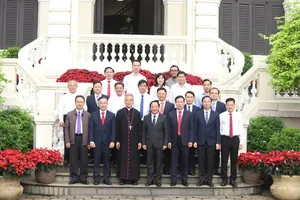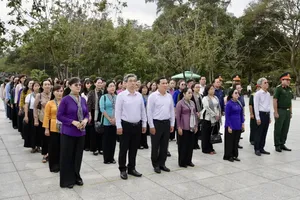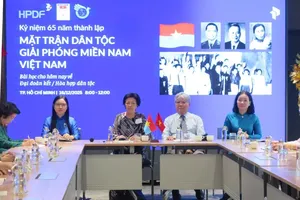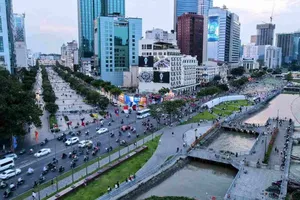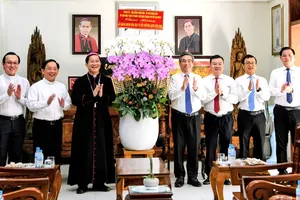
According to the HCMC Department of Transport, the land reserved for peak-only bus lanes have not been utilized properly in many parts of the city. Furthermore, the encroachment of sidewalks along bus stops and the delays of pedestrian overpasses near stops on national highways has limited people’s access to the public transport.
As a result, the Department of Transport has requested city planners to make way for public transport infrastructures, especially within new residential areas, shopping centers, touristic sites, export processing zones, industrial parks and schools. They also plan to restrict the use of private vehicles in the near future.
At the same time, related district-level agencies were instructed to speed up site clearance for bus stations, hubs and passenger transfer points. The city is also taking actions to complete the administrative basis for raising fund and developing environmental-friendly transports.
Regarding plans for 2020, authorities plan to rearrange bus routes and stops to better accommodate citizens on a region and time basis, and increase the number of buses going to and fro densely populated areas, said the Director of MCPT Tran Chi Trung.
Technology for public buses is also planned to be utilized widely, specifically the MCPT is carrying out a pilot cashless program for public passenger transport in HCMC, as well as adding more electronic maps and other utility software for bus users.
In 2003 a dedicated bus lane was running successfully in HCMC’s District 5, a joint effort between Japan International Cooperation Agency (JICA) and the HCMC Department of Transport, which had to be ceased when drainage systems were being implemented, said Chairman of the HCMC Association of Interprovincial Passenger Transport and Tourism Le Trung Tinh. In the face of recent decline in bus usage, it was proposed that such bus lanes be implemented again.


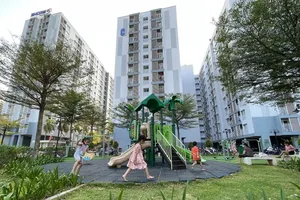
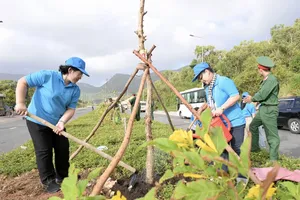
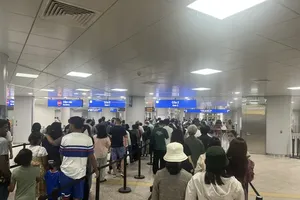
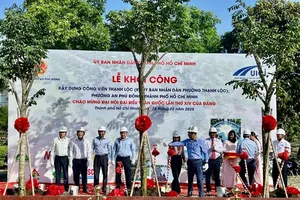
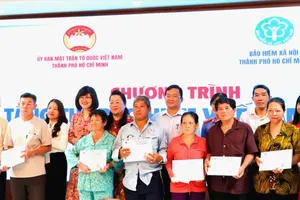
)

